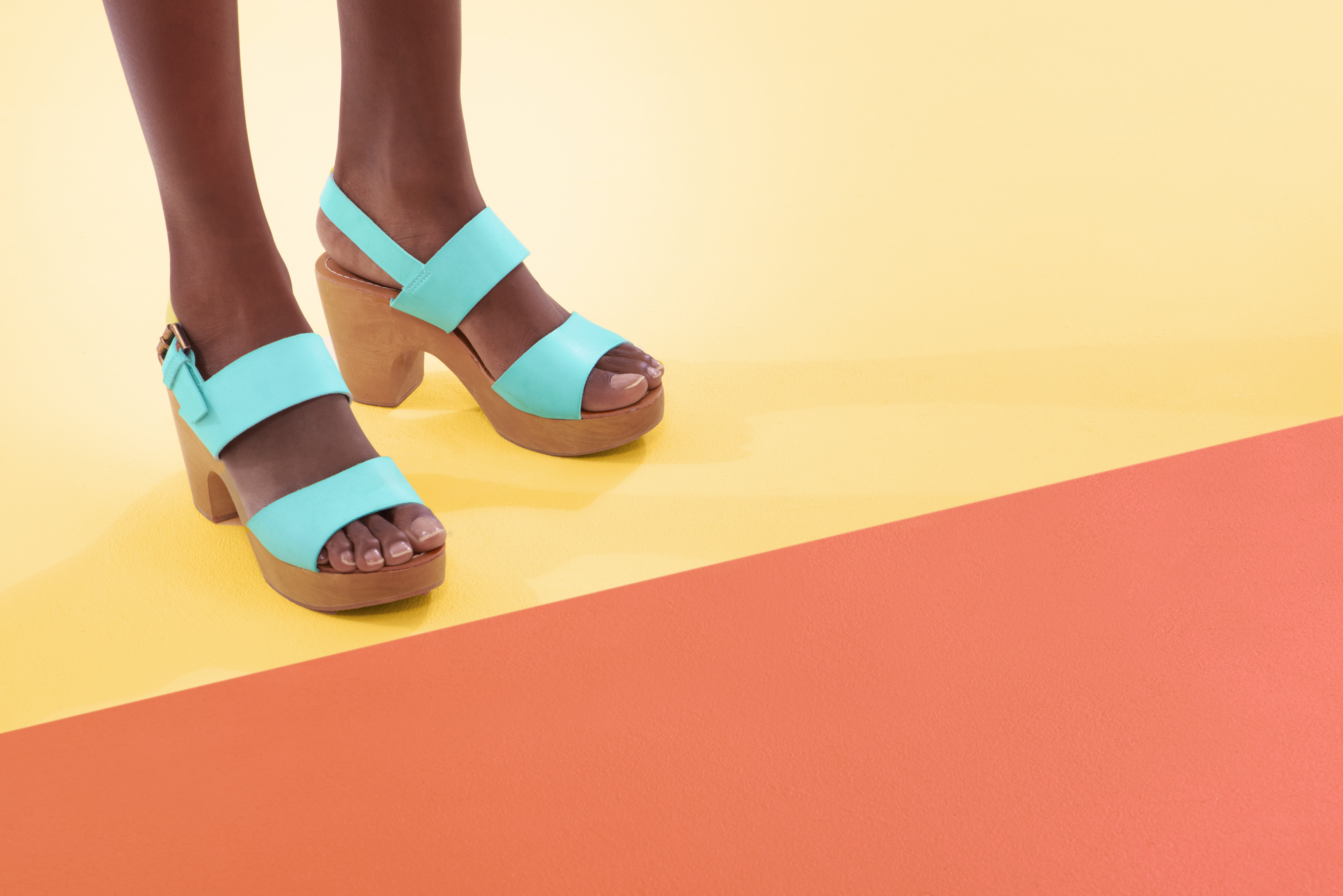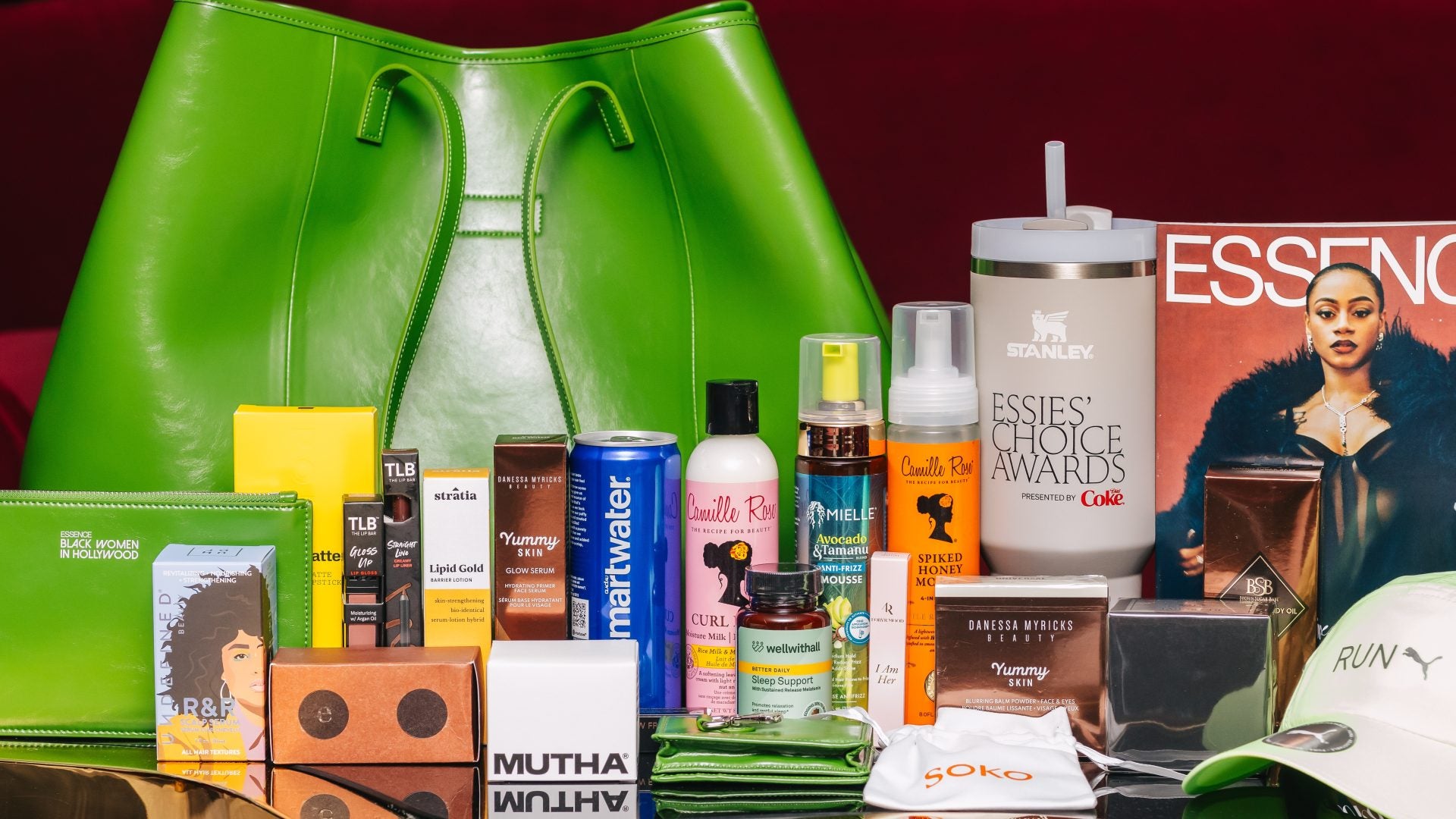
Pedicure season is here and with it comes the heightened pressure to keep our feet prepped and primed for all open toe situations. Nail polish aside, it’s important to remember that the health of your feet should be a primary concern; especially as you encounter a host of problems that come with wearing summer footwear or going barefoot altogether.
If you’ve never considered adding a podiatrist (i.e. foot doctor) to your list of doctor’s appointments, keep reading to see why they’re actually a year-round must, plus the expert-approved tips that will keep your heels and toes in check for the coming months.
When To See A Podiatrist
For starters, seeing a podiatrist isn’t a luxury. In fact, it’s no more expensive than seeing your primary care physician. According to podiatrist and luxury footwear designer Joan Oloff, it’s more important to know when it’s necessary to see a specialist.
“I saw patients referred from excellent primary care physicians every day,” she shares. “Some will treat simple sprains and strains themselves, incorporate a wait and see a physician prior to referring to my practice. Others feel more comfortable having us treat all of the patients with foot or ankle problems.”
Besides aches and sprains, ingrown toe nails are another common problem that you should go straight to the podiatrist for. Oloff adds that a foot doctor can treat it with minimal discomfort, although most will try to fix it themselves first and as a result, subject themselves to a lot of unnecessary pain.
“I see countless people who were traumatized when treated elsewhere. This breaks my heart every time one of these patients walks into my office.”
How To Treat Your Heels For Backless Shoes
To the contrary, if you’re lucky enough to have generally healthy feet, there are a few everyday practices that you should incorporate into your routine. Backless shoes- a summertime fave–will leave your heels more susceptible to cracked skin and calluses, so extra moisture is key.
Oloff recommends using a keratolytic moisturizer year-round, but especially when your feet are exposed in the summer. These type of lotions or creams directly address the layers of dry skin, or epidermis, that develop, by breaking down those thick patches and smoothing out the area.
“These (epidermis) are callouses, which occur either in areas of friction, or pressure points on the skin…The most common area on the foot this can be helpful is around the outside of the heel.”
Some of her favorites include Cetaphil Moisturizing Cream, Nip + Fab Body Glycolic Fix Body Cream and Avene Skin Recovery Cream.
How To Treat Your Toes For Peep-Toe Shoes
When you’re doing the opposite- wearing a shoe that exposes your toes– remember that nail care goes beyond rocking a longwear polish (which shouldn’t include formaldehyde). Supplements are a quick and easy way to feed your body the nutrients it needs, so if you’re not into topical solutions, a daily dose of 2,500 mcg of biotin will take your nails from brittle to strong.
To the contrary, urea-based products will soften and condition your nail beds. This is especially comforting for those who have onychomycosis, a fungal infection which thickens the nails.
Oloff adds, “I like products that contain tea tree oil, as this has some anti-fungal properties. I always remind women that this will not actually treat nails already infected. Manula oil and vitamin E are also effective softening agents that may help to restore moisture and help dry, damaged nails.”
How To Handle A Blister & Other Foot Pains
Foot emergencies are no fun, but that doesn’t mean you need to sit at home or run straight to the emergency room when they happen. First, be cognizant of the type of shoes you’re wearing day-to-day.
According to Oloff, rotating your footwear is the easiest way to avoid injury. We repeat: don’t spend the entire summer wearing just one pair of flip flops!
“Flip flops tend to be the least supportive summer footwear out there and can lead to a variety of foot problems, such as plantar fasciitis (inflammation of a thick band of tissue that connects the heel bone to the toes) and tendonitis.” Instead, shop for shoes that lodge a supportive foot bed.
And if you have a weakness for shoes that are beautiful, but impractical, chances are you will encounter a blister or two. When this happens, most of us are tempted to pop the blister and walk around in pain until it heals. Long story short: don’t do it! Instead, remove pressure from it by eliminating the fluid with a sterile needle.
“You can clean a needle at home by doing it with an alcohol pad. Carefully puncture the blister by holding the needle parallel to the skin and puncture it at the base. You want to make sure you only puncture the blister and drain the fluid. Leave the ‘roof’ of the blister (the skin on top) intact.”
If needles make you cringe, you can also use wrap the blister in gauze at night or apply a healing topical product, such as Body Glide or Drysol Dab-o-matic.
Remember to step correct this summer, ladies!





